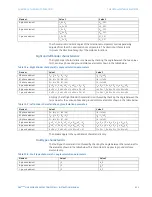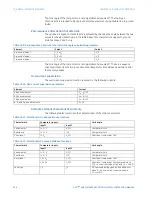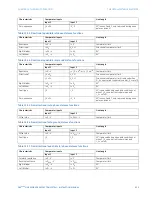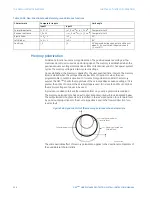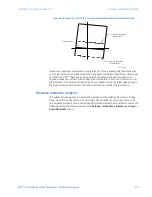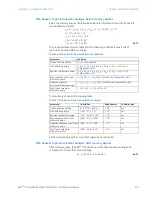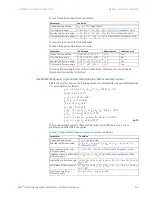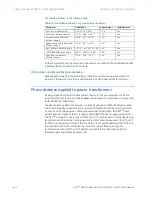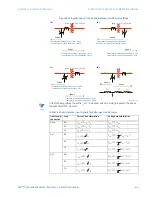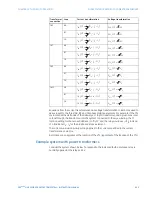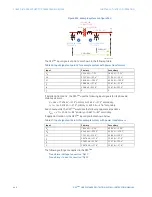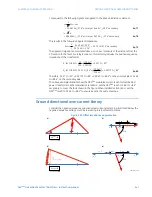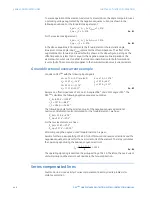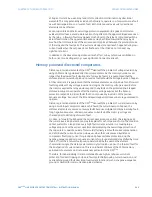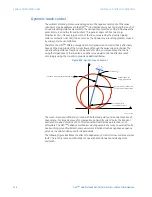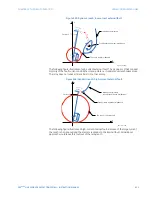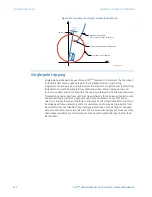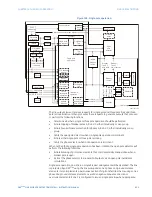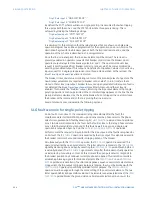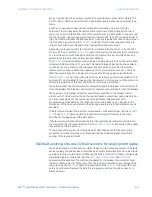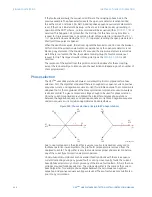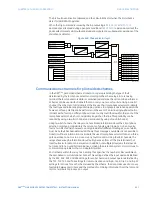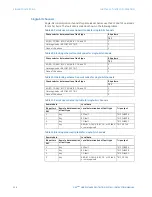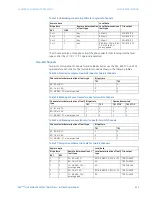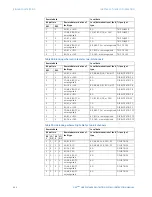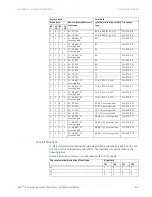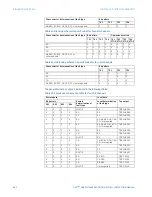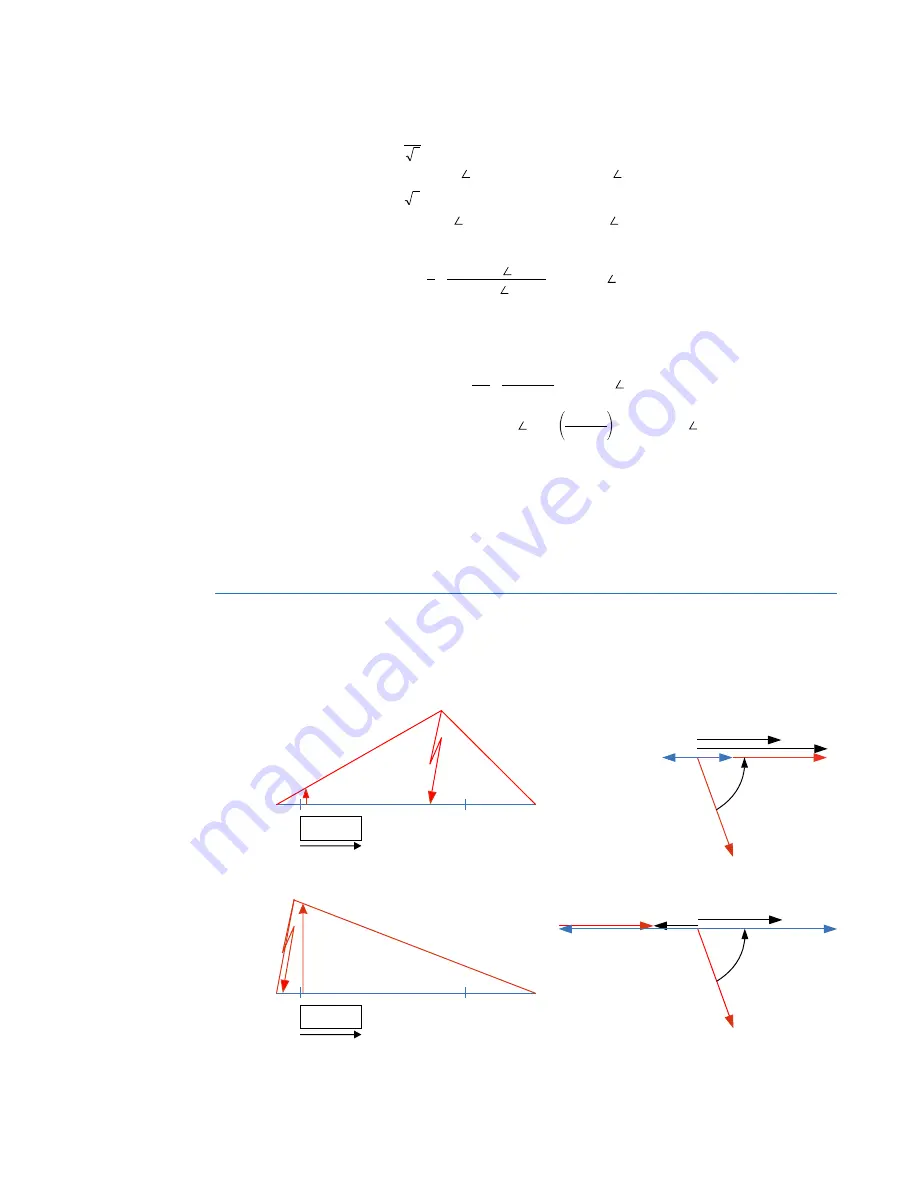
CHAPTER 15: THEORY OF OPERATION
GROUND DIRECTIONAL OVERCURRENT THEORY
D90
PLUS
LINE DISTANCE PROTECTION SYSTEM – INSTRUCTION MANUAL
647
Consequently, the following signals are applied to the phase AB distance element.
Eq. 77
Eq. 78
This results in the following apparent impedance.
Eq. 79
The apparent impedance calculated above is a correct measure of the distance from the
VT location to the fault. For relay location
H
, this certainly includes the positive-sequence
impedance of the transformer.
Eq. 80
Therefore, 0.127
Ω
∠
90° + 0.05779
Ω
∠
85° = 0.1847
Ω
∠
88.4° on the primary side or 2.569
Ω
∠
88.4° on the secondary side.
The above example illustrates how the D90
Plus
maintains correct reach for fault behind
power transformers. When installed at location
X
, set the D90
Plus
reach to 0.687
Ω
∠
85°
secondary to cover the fault shown in the figure. When installed at location
H
, set the
D90
Plus
reach to 2.569
Ω
∠
88.4° to ensure exactly the same coverage.
Ground directional overcurrent theory
Consider the negative-sequence directional overcurrent element. As illustrated below, the
negative-sequence voltage could be low during internal fault conditions.
Figure 553: Offset impedance augmentation
²
%&
$%
9
9
9
N9SULPDU\RU9VHFRQGDU\
²
%
,
,
N$²SULPDU\RU$²VHFRQGDU\
,
9
=
$33
N9
N$²
űVHFRQGDU\
ű
î
N9
N9
09$
=
7
DWN9
=
/
DWN9 űî
N9
ű
$&'5
85
,('
3OXV
9
B!
,
=
Bî B
/,1(
,
B
(&$
,
=
Bî
9
B
² B
9
6BSRO
6BRS
,
B
(&$
,
=
Bî
9
B
² B
9
6BSRO
6BRS
² B
9
85
,('
3OXV

